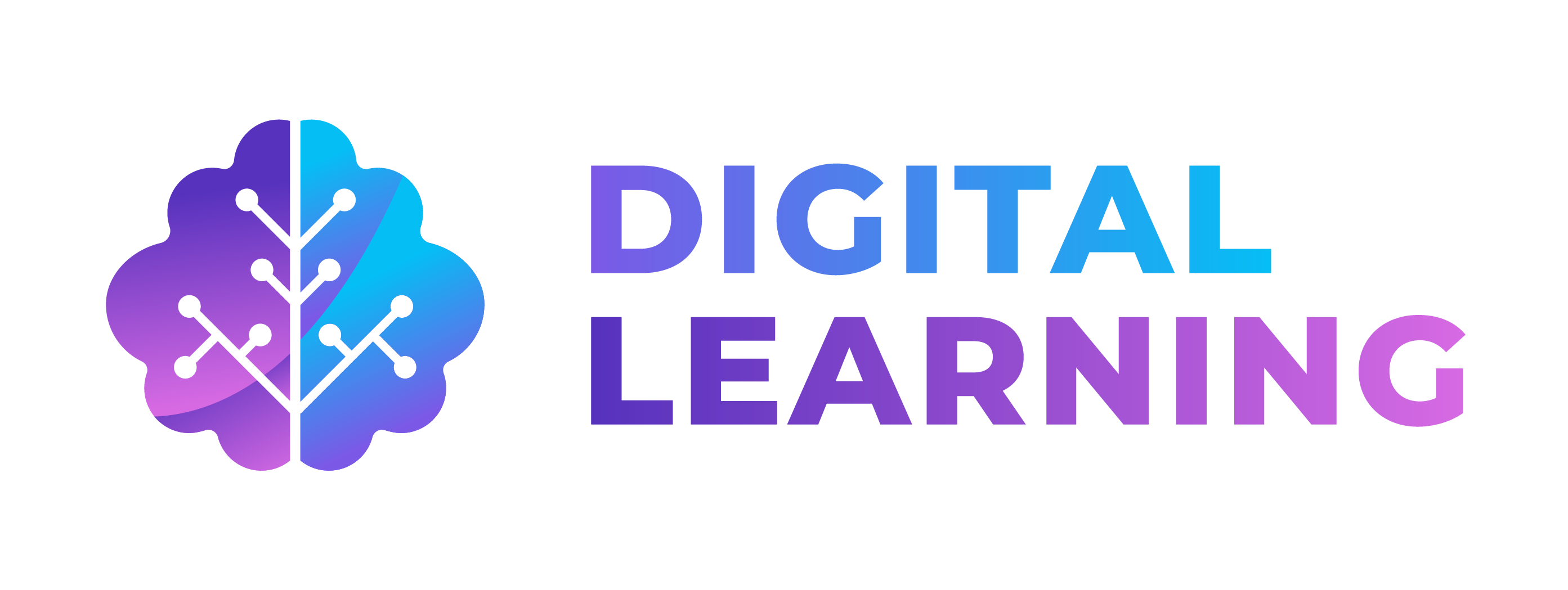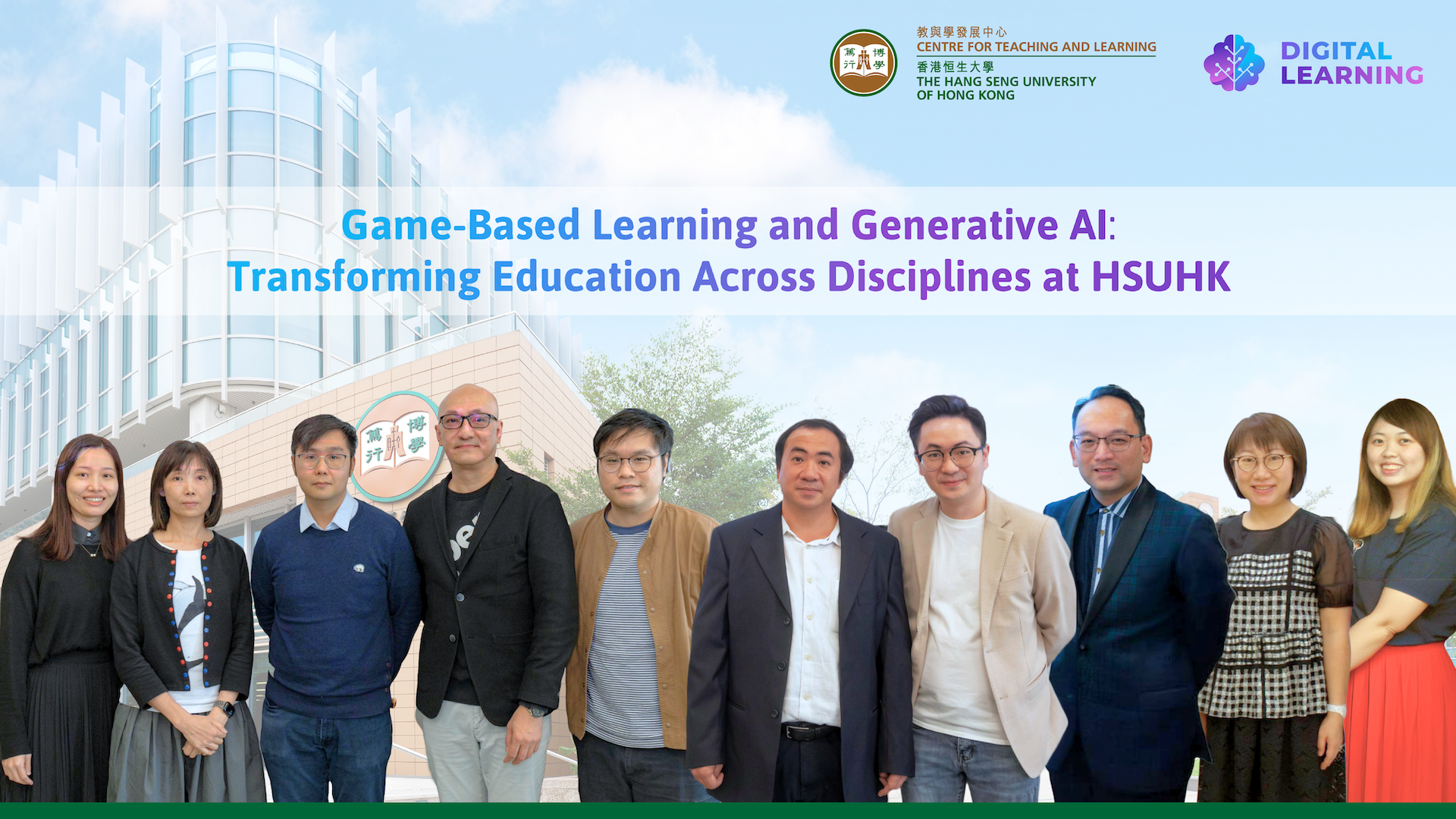

Our Projects
At The Hang Seng University of Hong Kong, innovation in education is at the heart of what we do. This page is a gateway to explore the cutting-edge initiatives collaborated by us (Digital Learning Section) and our dedicated faculty and students. Here, you will find a diverse range of projects that showcase our commitment to enhancing learning experiences, fostering creativity, and addressing real-world challenges through the integration of advanced technologies and innovative teaching methods.
Explore more about this project and our other initiatives as we continue to push the boundaries of educational excellence.
Game-Based Learning and Generative AI
Dive into our teachers’ stories to see how Generative AI is being harnessed to empower students, enhance engagement, and prepare the next generation for the complexities of the modern world.
Smart learning SPACE – Smart CLASSROOMS
Three smart classrooms, D407, D301, and A301, are equipped with advanced technology to enhance the learning experience. Each room features interactive digital whiteboards and fixable chairs and tables.
New MOOC Platform – (Coming SOON!)
Open Learn is an upcoming MOOC (Massive Open Online Course) platform designed to make quality education accessible to HSUHK members everyone, everywhere. Offering a wide range of courses across various subjects, Open Learn aims to empower learners with flexible, self-paced learning opportunities.
Game-Based Learning and Generative AI:
Transforming Education Across Disciplines at HSUHK
Our Innovative Framework
At the Hang Seng University of Hong Kong, we are committed to pioneering innovative educational practices that prepare students for the complexities of the modern world. Central to this mission is our GenAI-Driven Game-Based Experiential Learning Framework, a cutting-edge approach that integrates Generative AI with experiential and game-based learning to create a dynamic, interactive, and impactful learning environment.
This framework is built on the foundation of Kolb’s Experiential Learning Cycle, enhanced by the motivational and engagement principles of Game-Based Learning, and empowered by the capabilities of Generative AI. It seamlessly combines the Game Design Process and the Game Play Process into a cohesive, cyclical model that supports active learning, critical thinking, and problem-solving.
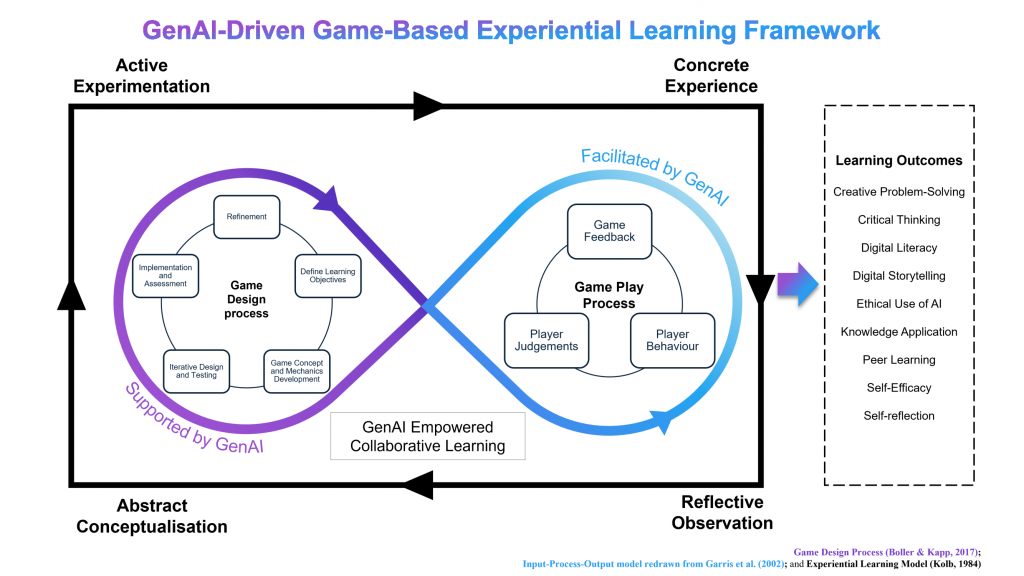
How It Works:
- Game Design Process: Students engage in a creative and iterative cycle where they define learning objectives, develop game concepts, and refine their designs through testing and feedback. Generative AI plays a crucial role in this process by supporting creativity, offering real-time feedback, and facilitating the refinement of ideas.
- Game Play Process: The learning continues as students participate in the games they’ve designed, where they receive immediate feedback, make judgments, and adjust their strategies. AI enhances this process by adapting the gameplay to individual learner needs, ensuring a personalised and immersive experience.
Learning Outcomes:
This framework is built on the foundation of Kolb’s Experiential Learning Cycle, enhanced by the motivational and engagement principles of Game-Based Learning, and empowered by the capabilities of Generative AI. It seamlessly combines the Game Design Process and the Game Play Process into a cohesive, cyclical model that supports active learning, critical thinking, and problem-solving.
Why It Matters:
The GenAI-Driven Game-Based Experiential Learning Framework represents the future of education, where technology and pedagogy intersect to create powerful learning experiences. By integrating Generative AI into both the design and execution phases of learning, we are able to offer students a truly transformative educational experience that is both engaging and effective.
References:
Boller, S., & Kapp, K. (2017). Play to learn: Everything you need to know about designing effective learning games. Association for talent development.
Garris, R., Ahlers, R., & Driskell, J. E. (2002). Games, Motivation, and Learning: A Research and Practice Model. Simulation & Gaming. 33(4). 441–467.
Kolb, D. A. (1984). Experiential Learning: Experience as the Source of Learning and Development. Englewood Cliffs, NJ: Prentice-Hall.
Our Successful Stories
ESG Decision-Making Mastery
Bringing History
to LifeEmpowering Creativity And Engagement In A Multi-Media Creation Classroom
Empowering Financial Literacy And Community Engagement
Innovating Creative Education
Reimagining Cultural Heritage
Teaching Stories: Innovating Education with Game-Based Learning and AI
Our teaching stories highlight the innovative integration of Game-Based Learning and Generative AI across various disciplines at Hang Seng University of Hong Kong. These stories showcase how our educators are pioneering new approaches to teaching, leveraging cutting-edge AI technology to create immersive, interactive, and personalized learning experiences. From designing historical role-playing games to simulating complex decision-making scenarios, each story reflects our commitment to fostering creativity, critical thinking, and real-world problem-solving skills in our students. Discover how these transformative teaching methods are shaping the future of education.
Sharing, Presentations and Publications:
Woo, Y. Y., & Wan, K. (2024, August 23). Integrating generative AI into service-learning: Enhancing student learning and financial literacy for the elderly through game-based activities. Paper presented at the 8th International Academic Conference on Education, Oxford, United Kingdom.
Wan, K. (2024) Exploring the Development of Generative AI in Teaching and Learning: A Case Study from a Liberal Arts University. Paper presented at the HKU SPACE CC Academic Conference: Transformation and Development in Teaching and Research: Multidisciplinary and Interdisciplinary Perspectives, University of Hong Kong School of Professional and Continuing Education, Hong Kong, China.
蔡曉瑩。(2023年11月23日)。數碼化文化保育:以數碼策略及教育遊戲探索文化遺產魅力。明報。取自https://news.mingpao.com/pns/%e8%a7%80%e9%bb%9e/article/20231123/s00012/1700678053985
ESG Decision-Making Mastery:
AI-Powered Simulation Games in
Supply Chain Management
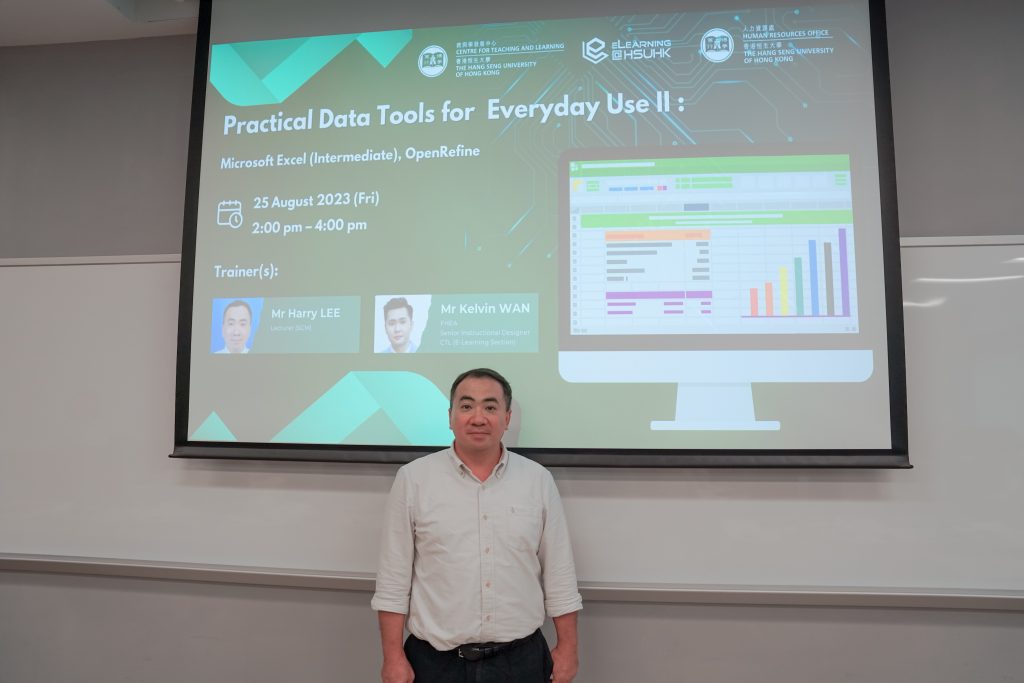
Mr Harry Lee, Senior Lecturer, Department of Supply Chain and Information Management, School of Decision Sciences
In the complex world of supply chain management and decision sciences, the ability to make informed and strategic decisions is paramount. Mr Harry Lee, Senior Lecturer from the Department of Supply Chain and Information Management has pioneered an innovative approach to teaching these critical skills through the integration of Generative AI (GAI) and simulation-based learning. His approach not only enhances the learning experience for students but also prepares them to tackle real-world challenges in the rapidly evolving business environment.
The Concept: Integrating AI into Simulation-Based Learning
Mr Lee’s initiative focuses on integrating GAI tools, such as ChatGPT, into simulation-based learning activities within his course, SCM4305 – Managing ESG for Supply Chain Sustainability. The goal is to provide students with an immersive learning environment where they can practice decision-making in complex, real-world scenarios. By simulating real-world business challenges, such as managing environmental, social, and governance (ESG) issues, students gain hands-on experience in navigating the intricacies of corporate social responsibility (CSR).
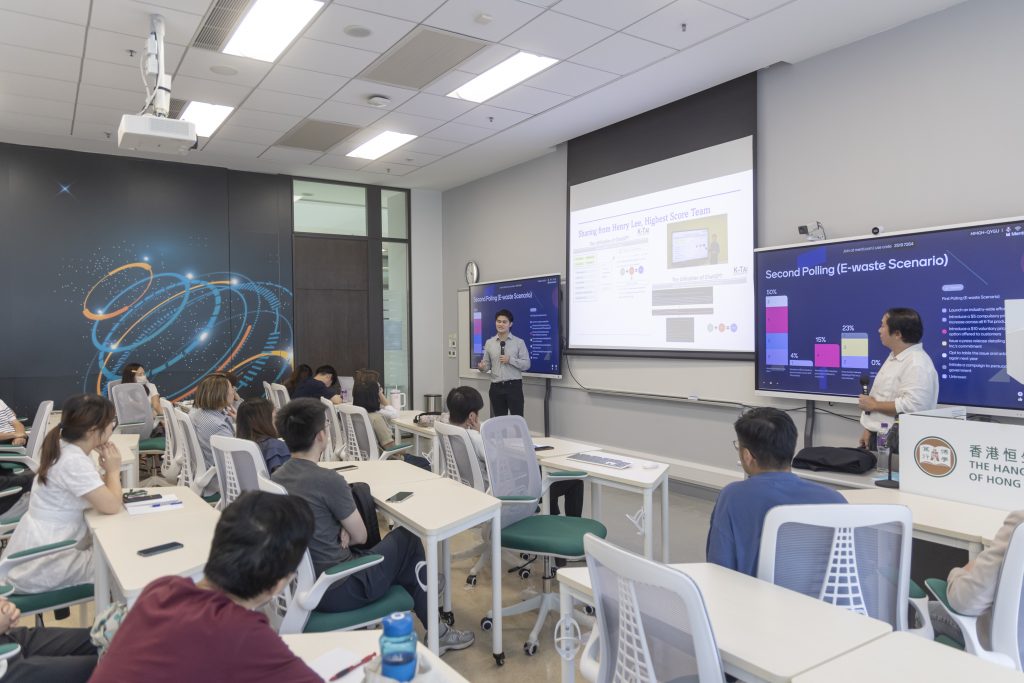
Simulation-Based Learning: A Dynamic Educational Tool
Simulation-based learning is a powerful tool in education, particularly in fields that require complex decision-making. In Mr Lee’s course, students participate in a series of simulations that span from the first year to the fifth year of a fictional business scenario. These simulations incorporate elements of ambiguity and complexity, closely mimicking the challenges faced in real-world business environments.
Throughout the course, students are required to make critical decisions, manage core initiatives, and evaluate various scenarios. They receive immediate feedback on their decisions, allowing them to reflect on their choices and learn from their experiences. The inclusion of GAI in these simulations adds an additional layer of complexity, as students must decide whether to follow the AI’s advice or challenge it, further deepening their engagement and learning.
Impact on Students and Learning Outcomes
The impact of Mr Lee’s approach on student learning has been profound. By integrating simulation-based learning with GAI tools, students are not only better prepared to make informed decisions but also develop a greater understanding of the ethical considerations involved in using AI. The simulations encourage rich group interactions and discussions, promoting deeper learning and collaboration among students.
Moreover, students have reported that the simulations have made complex subjects like ESG and CSR more engaging and relevant to their studies. The ability to practice decision-making in a safe, controlled environment has given them the confidence to apply these skills in real-world situations. The combination of GAI and simulation-based learning has proven to be an effective method for developing the next generation of business leaders.
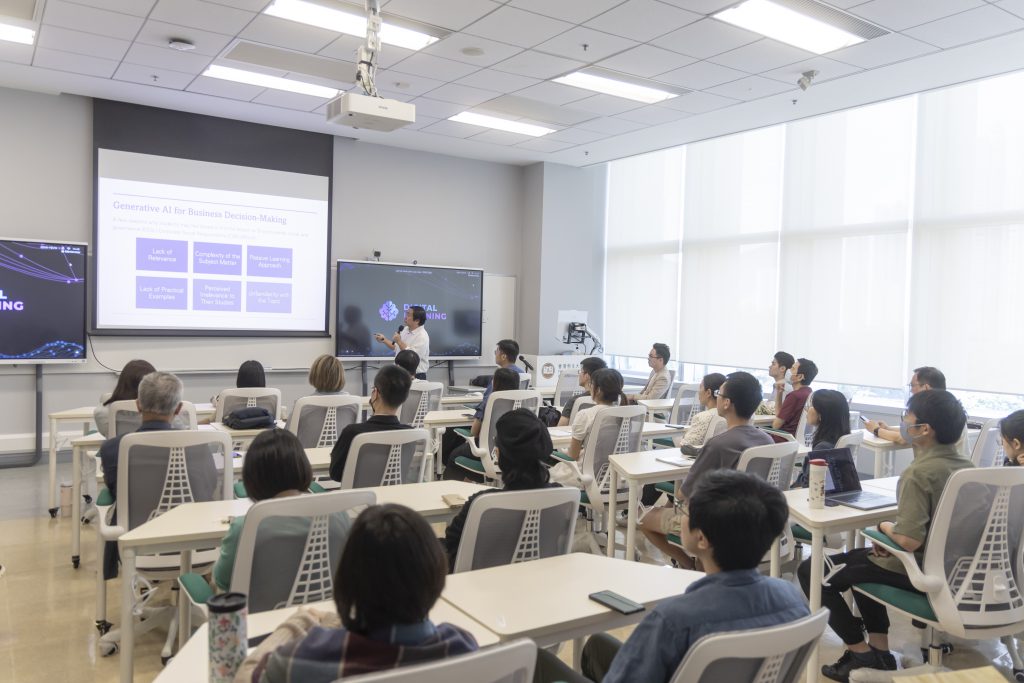
Mr Harry Lee’s innovative use of Generative AI and simulation-based learning in teaching decision-making represents a significant advancement in education. By creating an immersive, interactive learning environment, he has equipped students with the skills and knowledge they need to succeed in the dynamic world of supply chain management and decision sciences. His approach not only enhances students’ critical thinking and decision-making abilities but also prepares them to navigate the ethical challenges of using AI in business.
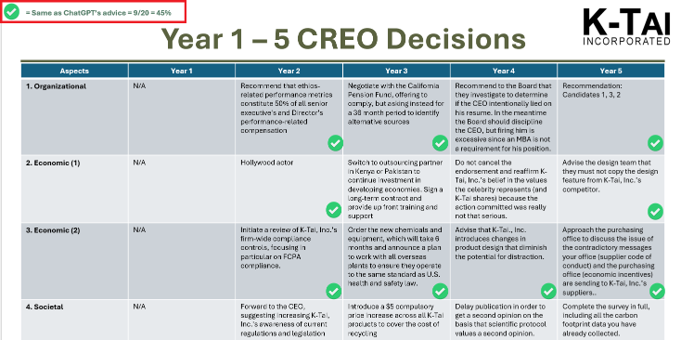
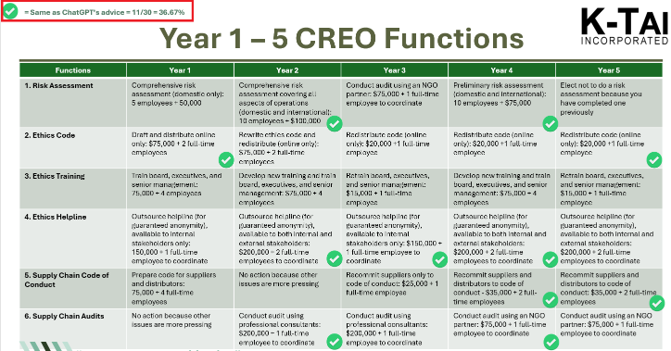


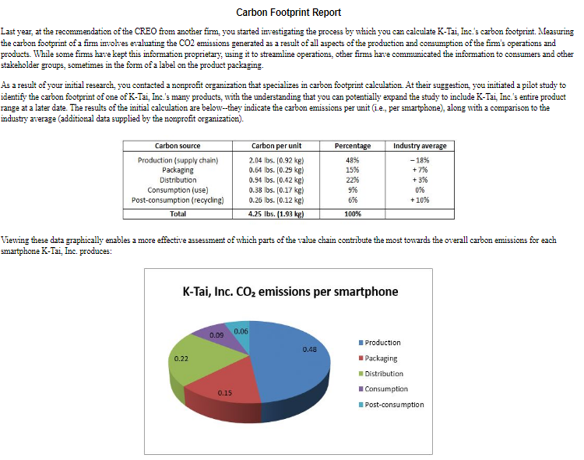
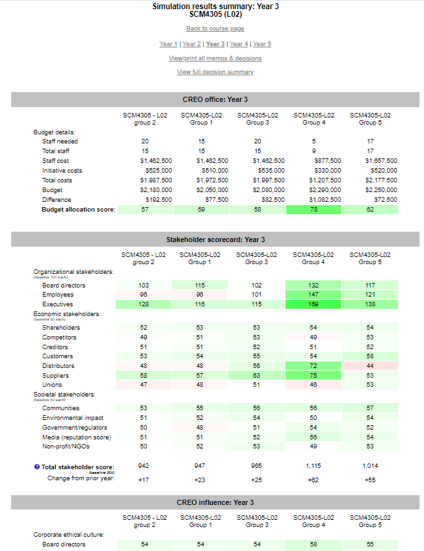
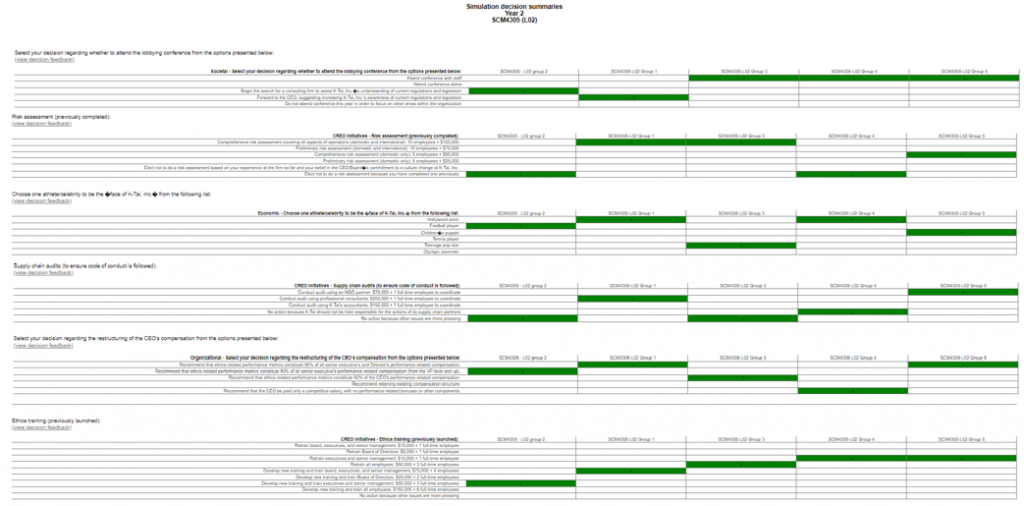
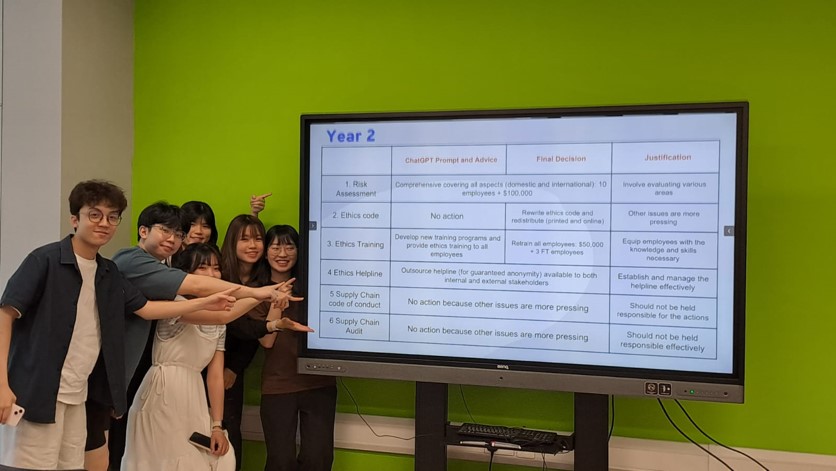
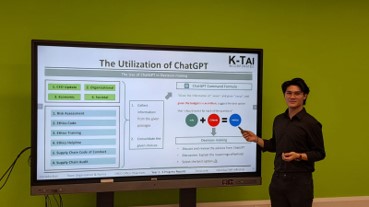
Bringing History to Life: Innovative Use of Generative AI in Historical RPG Game Design
Dr Pui Sze Cheung, Director of Student Affairs (Former Senior Lecturer, the Department of Social Science, the School of Humanities and Social Science)
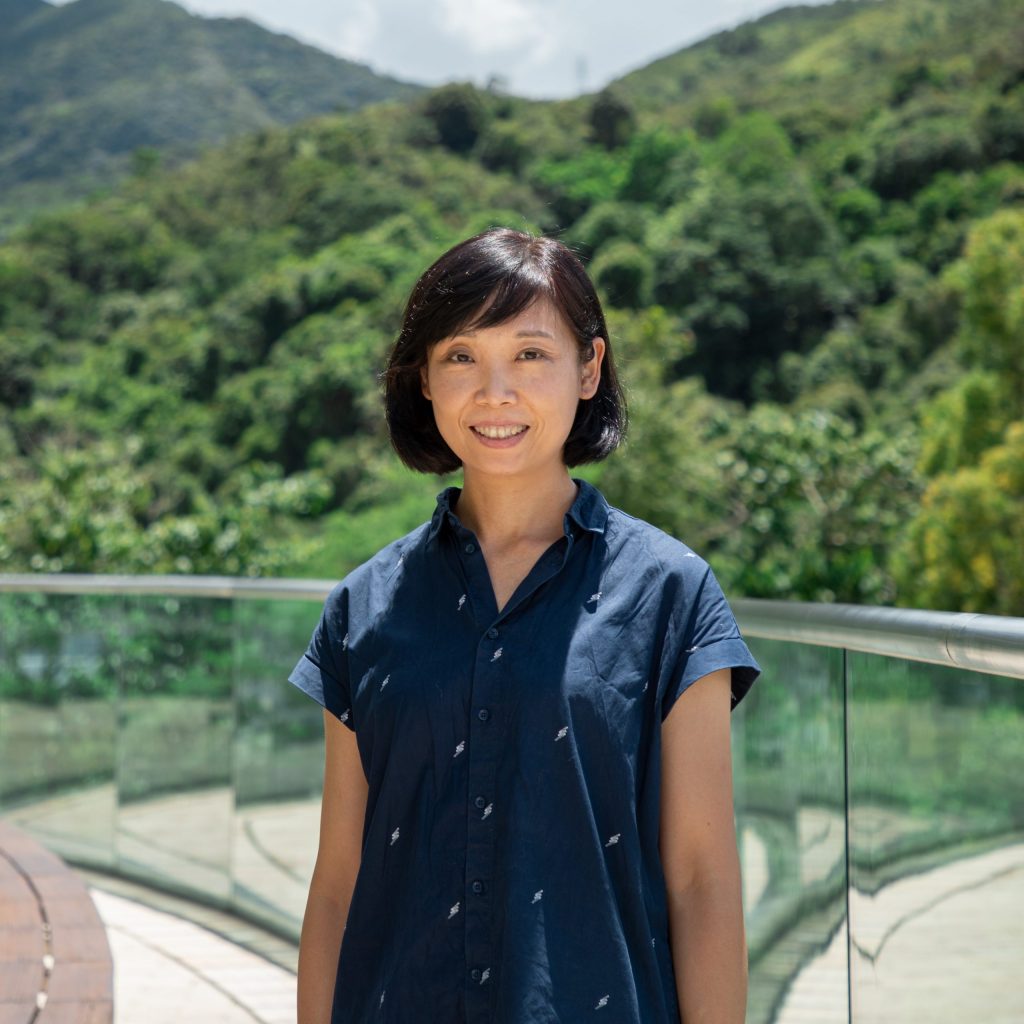
Dr Pui Sze Cheung, formerly a Senior Lecturer from the Department of Social Science has long been known for her innovative approaches to education. Now serving as the Director of Student Affairs, Dr Cheung has continued to make a lasting impact on the academic community through her groundbreaking project that integrates Generative AI (GAI) into the design of historical role-playing games (RPGs). This project, supported by the Strategic Development Grant (SDG) from 2022-2023, exemplifies how modern technology can be harnessed to deepen students’ understanding of history while enhancing their creative and research skills.
The Concept: Historical RPGs with AI Assistance
The project was conceived as part of a core module in the Asian Studies Programme titled Modern Asia: A Comparative History. The task for students was to design a historical fiction-based online RPG using Twine2, a popular tool for creating interactive, nonlinear stories. The goal was to accurately depict the diverse journeys individuals might have taken during the modern era, ensuring historical accuracy while creating engaging, immersive narratives that resonate with players.
To achieve this, Dr Cheung introduced the use of GAI tools like In-house ChatGPT, which assisted students in generating narratives, dialogues, and character descriptions. This GAI assistance greatly facilitated the creative process, allowing students to focus on crafting historically immersive experiences while also learning the importance of fact-checking and verifying the accuracy of the AI-generated content.
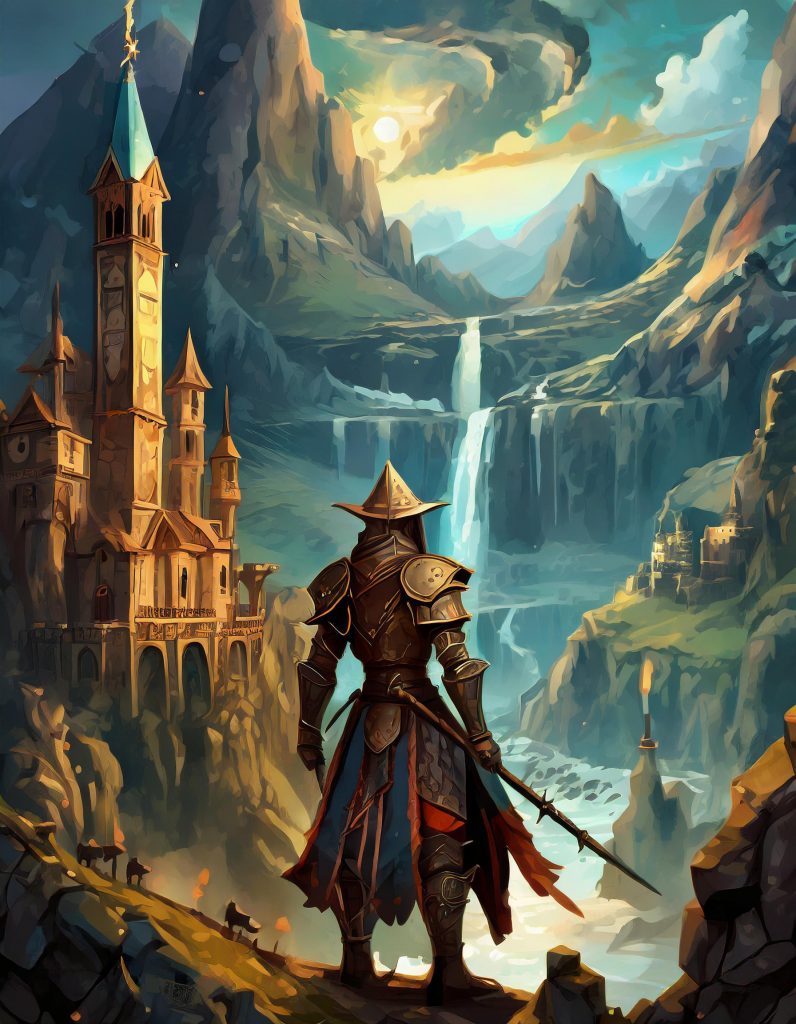
Educational Objectives, Learning Outcomes, and Enhanced Engagement
The educational objectives of the project were threefold:
- Historical Understanding: Students were expected to deepen their knowledge of Modern Asia’s history by focusing on the experiences and decisions of ordinary people during the region’s transition into the modern era. This approach allowed students to explore historical contexts in a more personal and engaging way.
- Educational Game Design: The project encouraged students to use their creativity in designing an RPG that was both entertaining and educational. By constructing characters and stories that accurately represented historical contexts, students provided an immersive and factually accurate learning experience for players.
- Research and Verification Skills: While GAI tools like ChatGPT were instrumental in the creative process, students were required to fact-check the AI-generated content to ensure historical accuracy. This requirement enhanced their research skills and taught them the importance of critical thinking when using AI tools.
To further enhance student engagement, the course included a competition element where students competed for “The Innovative Educational Design Award.” This competition motivated students to put forth their best efforts in crafting historically rich and immersive RPGs, adding an element of excitement and healthy rivalry to the learning process.
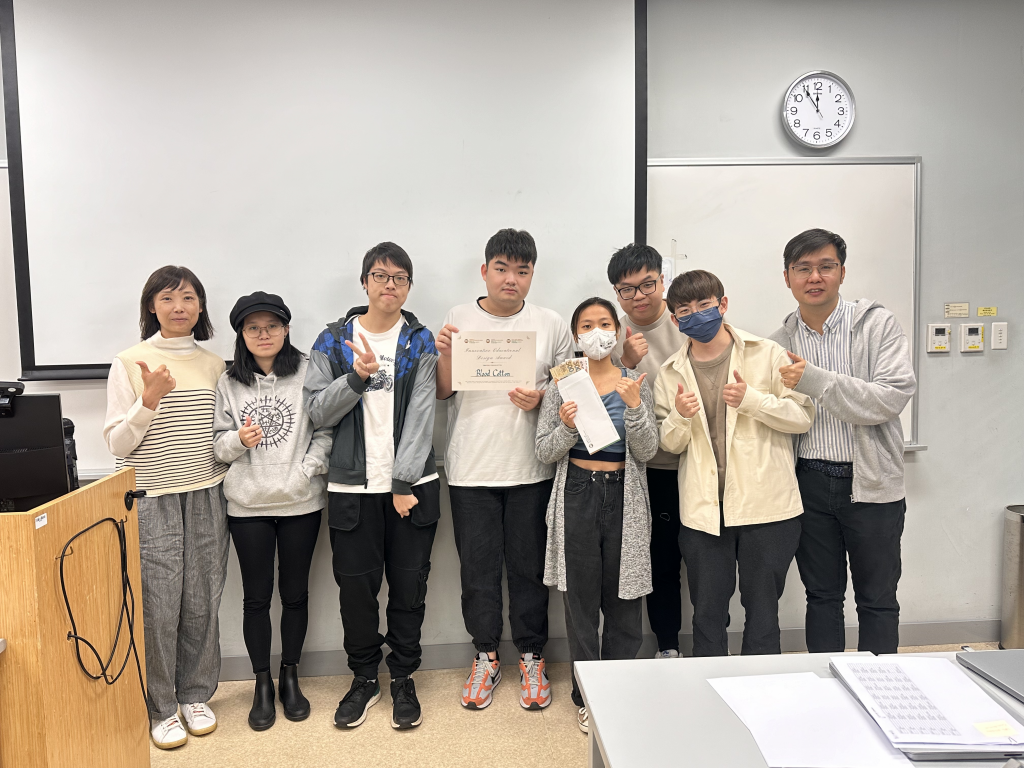
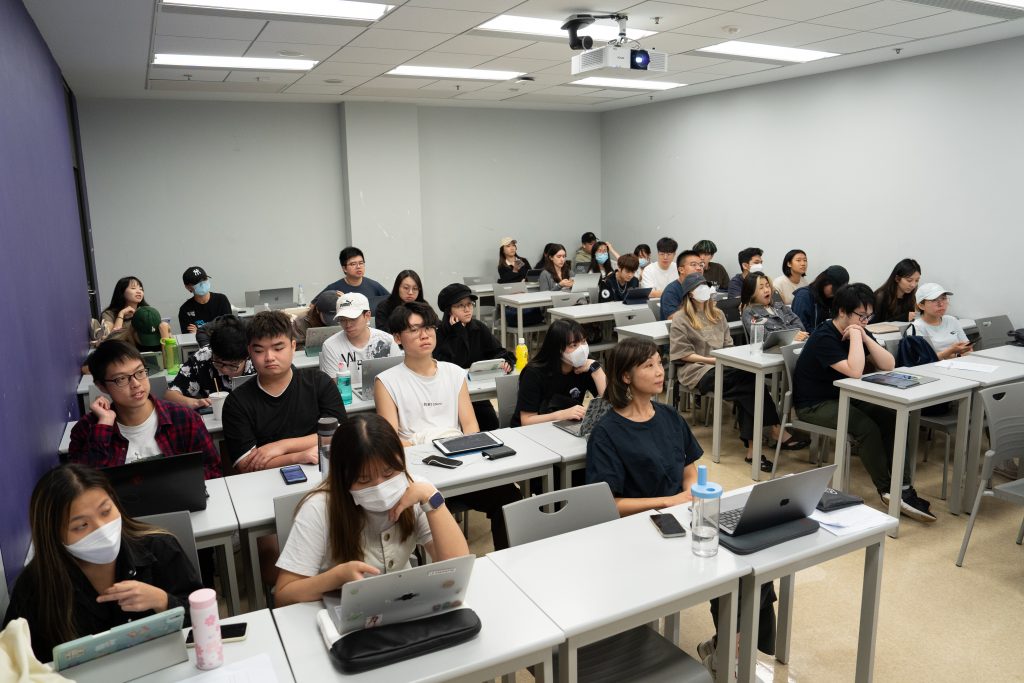
The Process: From Concept to Creation
The process of creating these historical RPGs was methodically structured to ensure that students not only learned the technical aspects of game design but also understood the historical significance of the narratives they were creating. The project began with an AI-assisted game generation workshop, where students learned the basic concepts of game design and how to use ChatGPT effectively for brainstorming and narrative development.
Following this, students outlined the initial plots and character profiles for their RPGs. They then progressed to creating detailed narrative plots, including key decision points and potential outcomes, ensuring that the games were both engaging and educational. The project culminated in a competition where students showcased their final products, with the winning RPGs celebrated for their innovation and historical accuracy.
Final Products and Impact
The final RPGs created by the students covered a wide range of historical periods and locations, from the Great Chinese Famine during the Great Leap Forward to the Japanese occupation of Korea. Each game was designed to be an interactive, immersive experience that brought history to life through the lens of individual characters and their choices.
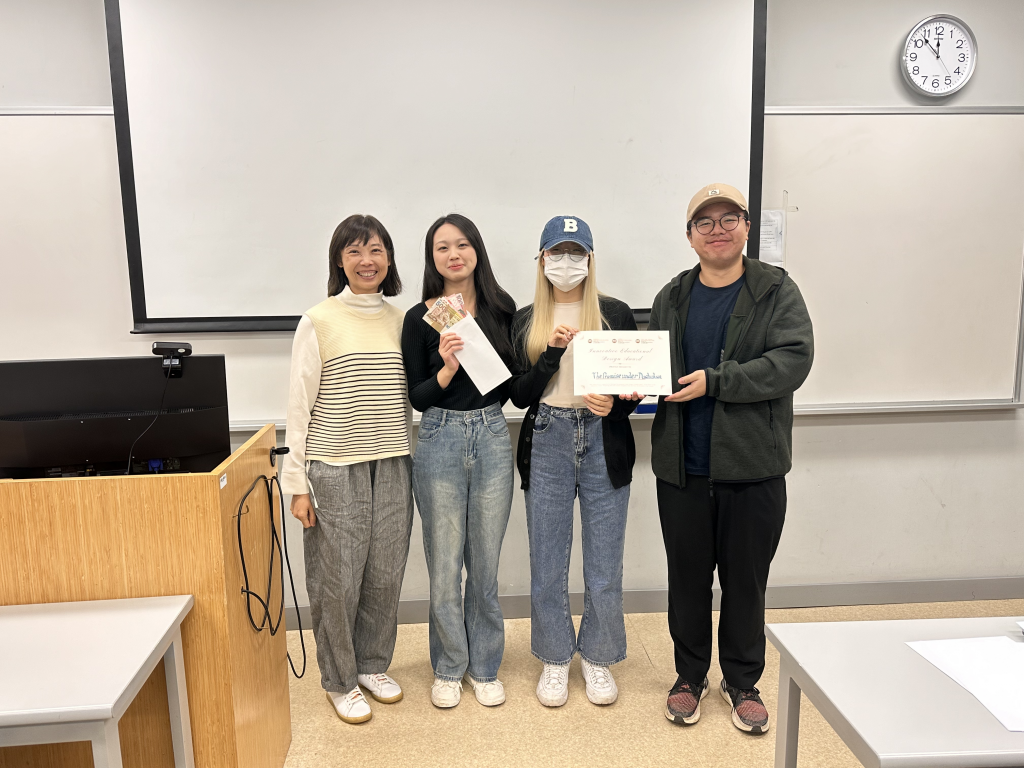

The impact of the project was profound. Students not only gained a deeper understanding of historical events but also developed critical thinking and creative skills that would serve them well in their academic and professional futures. As one student reflected, the project made learning more fun and helped them think of new ways to process and present information, highlighting the broader educational benefits of integrating GAI into the curriculum.
Conclusion
Dr Pui Sze Cheung’s project on creating historical RPGs with AI assistance, coupled with a course competition, is a testament to the power of combining technology with education to create engaging, meaningful learning experiences. By leveraging GAI and incorporating competitive elements, Dr Cheung has enabled students to explore history in innovative ways, fostering both creativity and critical thinking. As she transitions into her new role as Director of Student Affairs, her legacy of educational innovation continues to inspire both students and educators at HSUHK.
Students’ works
The Promise under Dashuhua – developed by Chan Ho Lam, Blue; Fong Man Suen, Daisy; Siu Pui Yin, Miley; Kwok Ka Yi; Ng Suet Ying; and Wong Ka Ying
Empowering Creativity and Engagement in a Multi-media Creation Classroom
Dr Sobel Chan, Senior Lecturer, School of Communication
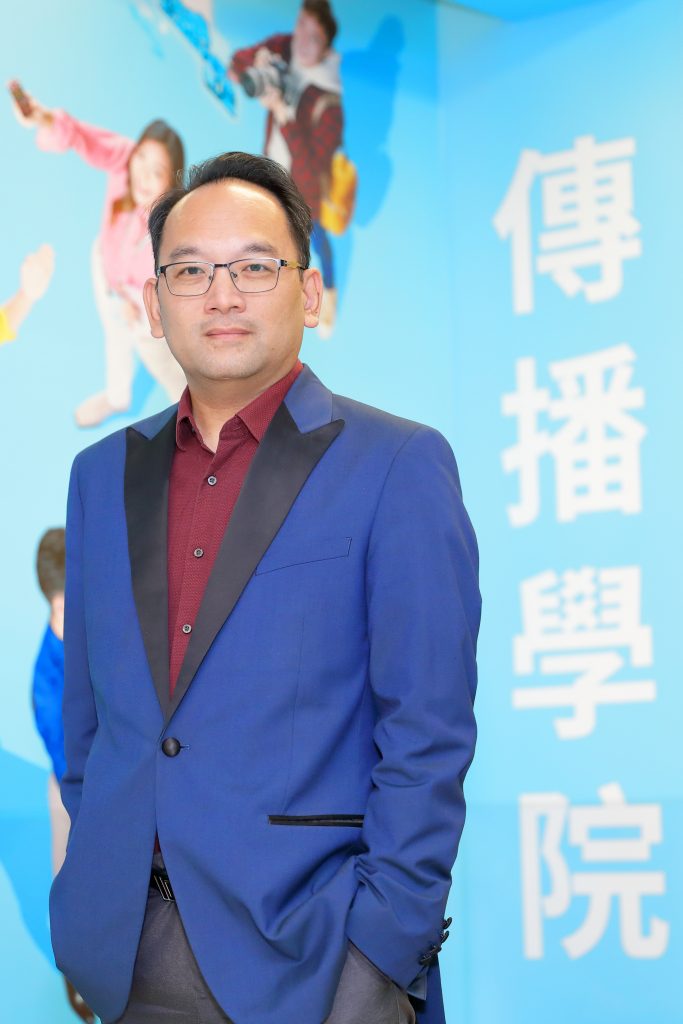
In the realm of modern education, the challenge of maintaining student engagement and fostering creativity is ever-present. Traditional classroom settings often struggle to captivate students, especially in creative fields like visual effects and animation, where the innovation potential is boundless. Dr Sobel Chan, a Senior Lecturer from the School of Communication at The Hang Seng University of Hong Kong (HSUHK), has taken a groundbreaking approach to this challenge by integrating Generative AI (GAI) into his teaching practice. Through the “GAI-Empowered Game Design” project, Dr Chan has transformed his classroom into a dynamic and immersive learning environment that not only enhances student engagement but also equips them with essential 21st-century skills.
The Genesis of the Project
This project is a visionary initiative that leverages advanced GAI tools, such as Adobe Firefly and Midjourney, to revolutionize the way students learn and create. The project was born out of a need to address the declining engagement and self-confidence that many students experience in traditional educational settings. By incorporating GAI into game-based learning, Dr. Chan has created a stage where students can explore their creativity, develop critical problem-solving skills, and build confidence in their abilities.
At the core of this project is the concept of gamified learning, where students engage in role-playing within AI-generated studios. These studios are not just virtual spaces but are enhanced with AI-driven visual effects that make the learning experience highly interactive and immersive. Students participate in simulated advertising shooting scenarios, where they get to play their favourite characters, interact with AI-generated environments, and experiment with different creative techniques.
The Role of Generative AI in Education
Generative AI, as utilised in Dr. Chan’s project, plays a crucial role in reshaping the educational landscape. The tools used in this project, Adobe Firefly and Midjourney, are at the forefront of AI-driven creativity, allowing students to generate text-to-image and image-to-image content that is tailored to their specific needs and interests. This not only democratizes the creative process but also provides students with the opportunity to experiment with ideas that would have been difficult or impossible to realize without the aid of AI.
For example, in one of the group projects from the CMT2001 Visual Effects and Animation course, students were tasked with creating an advertising video set in a futuristic world. The project involved documenting a character using superpowers in their daily life. To achieve this, students used a green screen background to film the scenes and employed GAI tools to generate a Cyberpunk-style back-alley background that established the futuristic, science-fiction feel required for the project
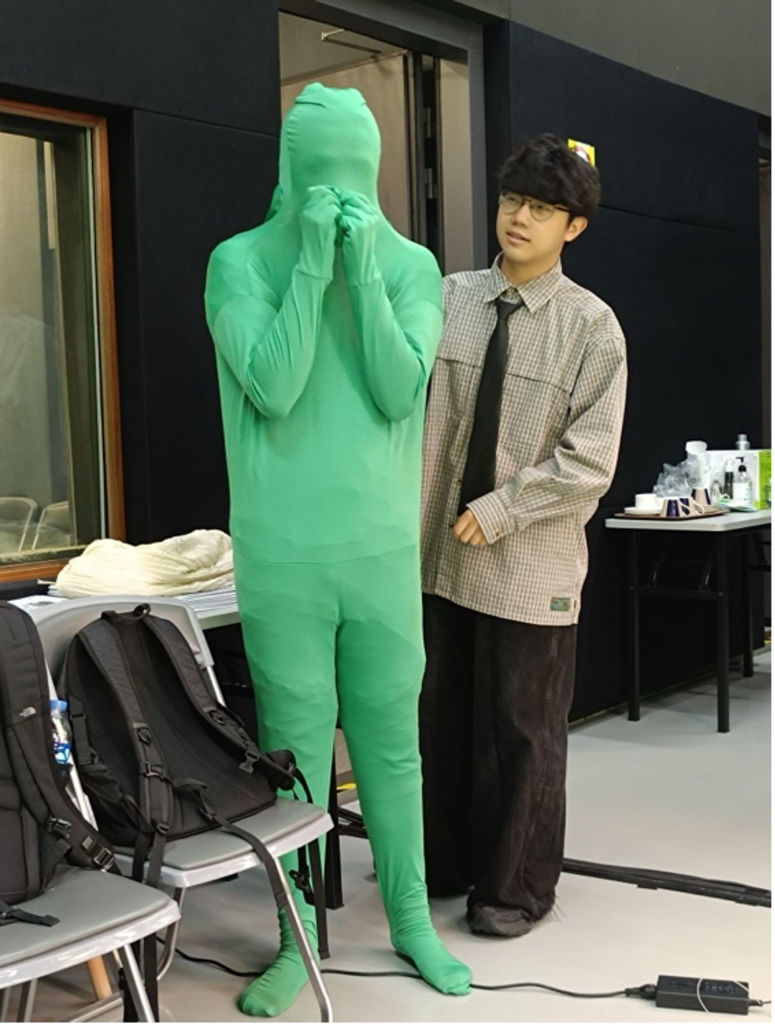
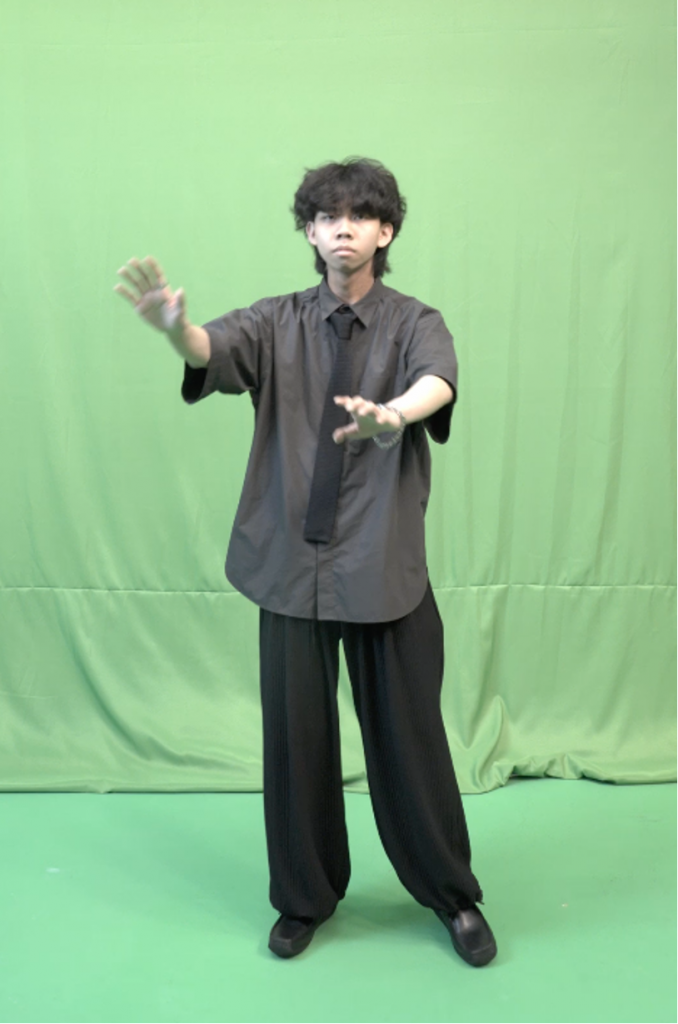



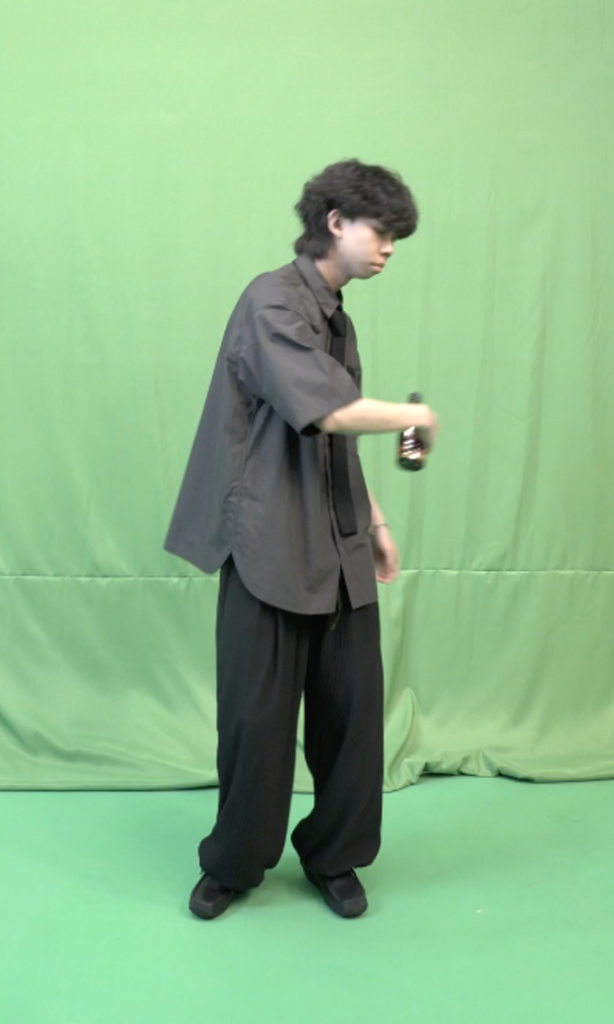
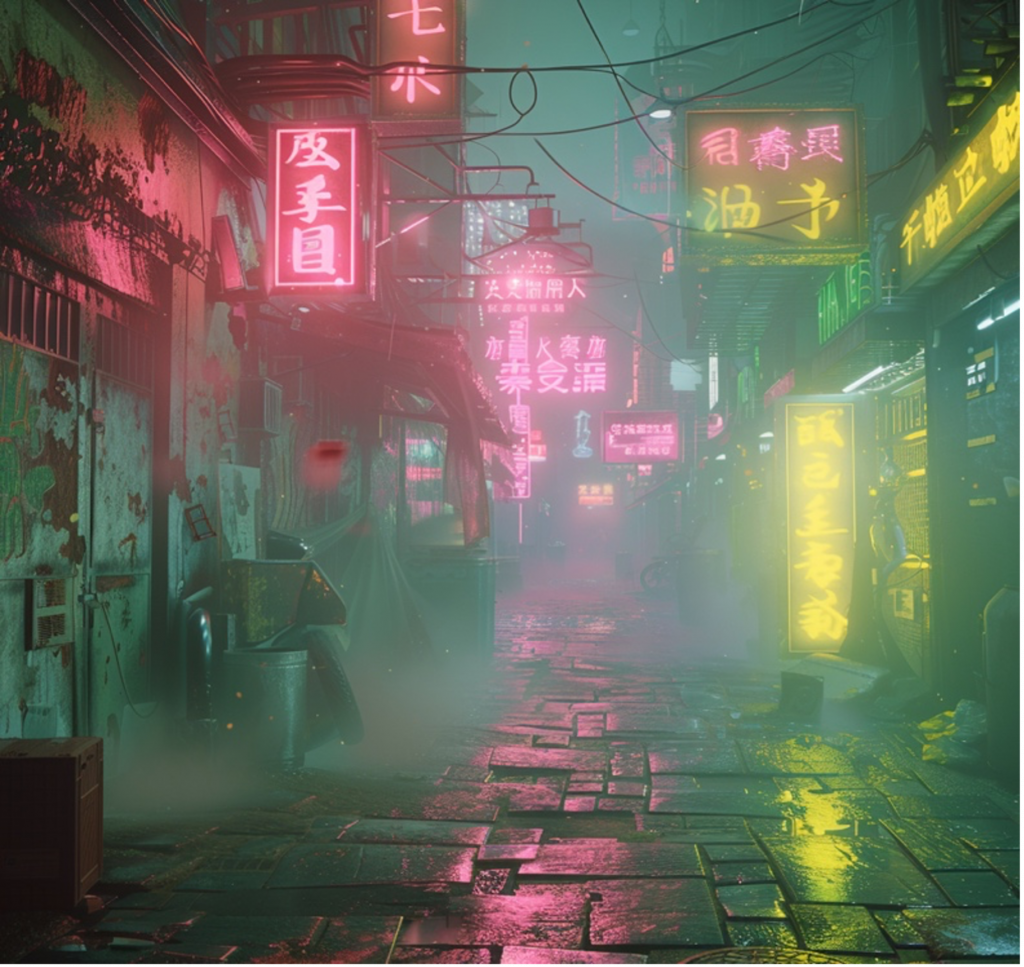


Empowering Financial Literacy and Community Engagement Through Generative AI: Innovative Service-Learning Approach
Ms. Rosalie Woo, Senior Lecturer,
Department of Economics and Finance, School of Business
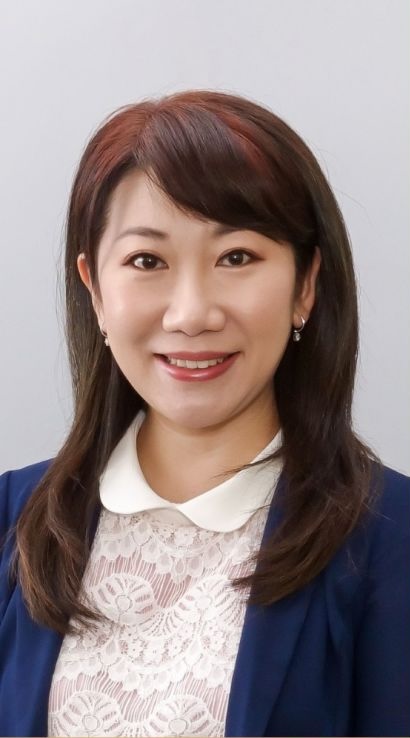
In today’s fast-evolving educational landscape, integrating technology with pedagogy is essential for equipping students with the skills they need to navigate real-world challenges. Ms. Rosalie Woo, a Senior Lecturer from the Department of Economics and Finance at The Hang Seng University of Hong Kong (HSUHK), has been at the forefront of this innovation by integrating Generative AI (GAI) into her teaching practices. Her project centered around the FIN1001 course—Personal Finance and Society—has not only enhanced student engagement but has also empowered them to make a tangible impact on the community through service learning.
The Genesis of the Project
Ms. Woo’s project combines academic learning with community service, leveraging GAI to design and implement game-based financial literacy workshops and funfairs for elderly participants at community centers. The project aims to address the complex financial challenges faced by the elderly, using GAI to simplify and communicate critical financial concepts in an engaging and accessible manner.
Students involved in this project used tools like In-house ChatGPT to organize financial information and create clear, concise educational materials. For example, they developed leaflets on Silver Bonds, using GAI to ensure the information was both accurate and easy to understand. This approach not only deepened students’ understanding of financial concepts but also enhanced their ability to communicate these concepts effectively to a non-specialist audience.



Game-Based Learning Meets Service Learning
One of the most innovative aspects of Ms. Woo’s project is the integration of game-based learning with service learning. Students designed role-playing games that simulate financial decision-making scenarios, allowing elderly participants to engage with the material in a hands-on, interactive way. These games were not just theoretical exercises; they were tailored to reflect real-world challenges, such as recognizing and responding to financial scams.
By using GAI to develop these games, students were able to create scenarios that were both realistic and educational. For instance, they used AI to generate various scam scenarios, enabling participants to practice identifying and avoiding these scams. This not only empowered the elderly participants with practical skills but also provided students with a deeper understanding of the real-world applications of their academic learning.
Fostering Critical Thinking and Ethical AI Use
Ms. Woo’s project goes beyond just teaching financial literacy; it also fosters critical thinking and ethical AI use among students. Throughout the project, students were encouraged to critically assess the information generated by AI tools. In some cases, they discovered discrepancies between the AI-generated content and their own research, prompting them to cross-check sources and refine their understanding of the material.
This critical engagement with AI helped students recognize the limitations of these tools and the importance of human judgment in evaluating AI-generated content. As one student reflected, while GAI tools are invaluable for generating ideas and organizing information, they must be complemented by human knowledge and judgment to ensure accuracy and relevance.
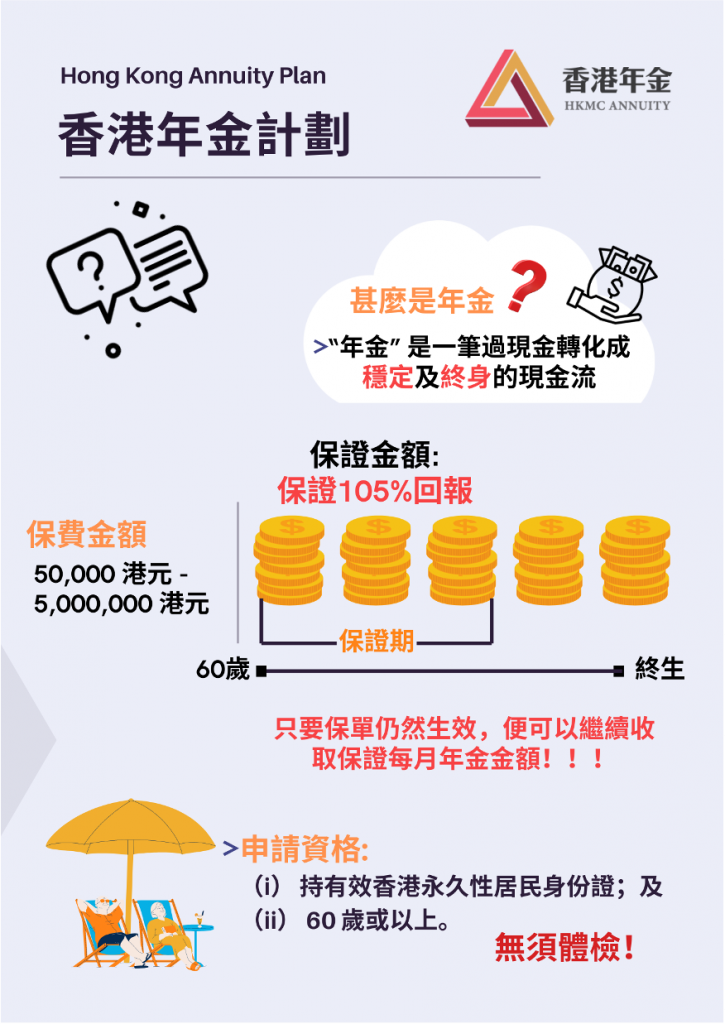
Conclusion
Ms. Rosalie Woo’s innovative approach to teaching financial literacy through Generative AI has had a profound impact on both her students and the broader community. By combining game-based learning with service learning, she has created a dynamic educational experience that not only enhances students’ understanding of financial concepts but also empowers them to make a real-world impact. Her project exemplifies the potential of GAI to transform education, fostering critical thinking, creativity, and ethical AI use among students while addressing the practical needs of the community.
Innovating Creative Education: Integrating GAI-Powered Ideation in Game Design and Cultural Heritage
Dr Christine Choy and Dr Patrick Mok, Assistant Professors from the Department of Art and Design, School of Humanities and Social Science
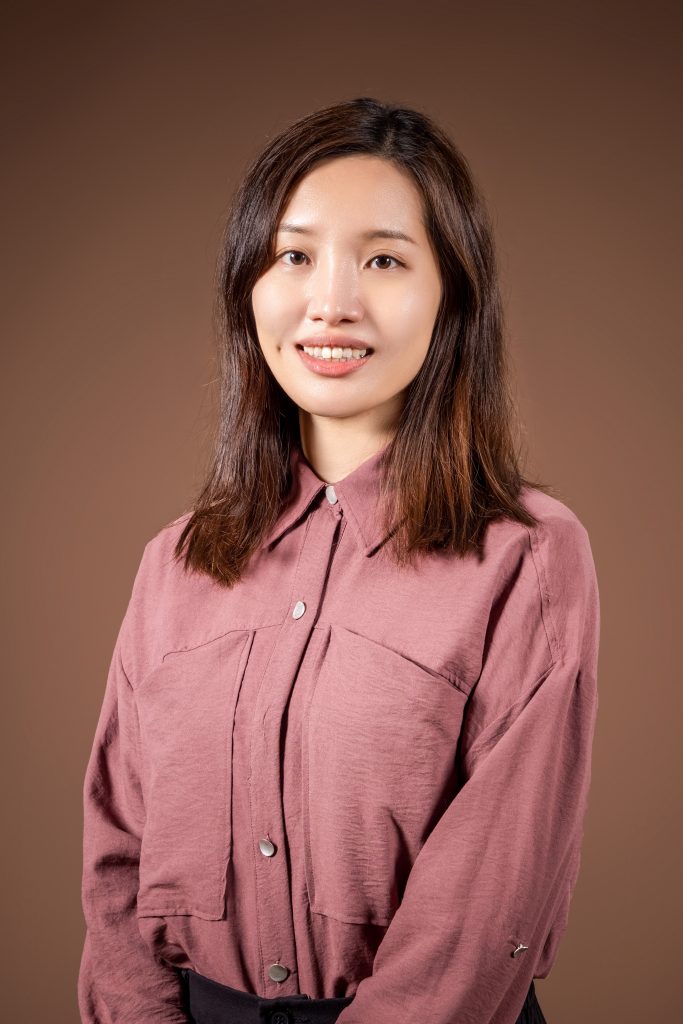
In the rapidly evolving landscape of creative education, integrating Generative AI (GAI) has opened new avenues for innovation and student engagement. Dr Christine Choy and Dr Patrick Mok, Assistant Professors from the Department of Art and Design, are at the forefront of this transformation. Their work focuses on harnessing the power of GAI to enhance the learning experience in creative fields, particularly through game-based learning and digital practices in cultural heritage.
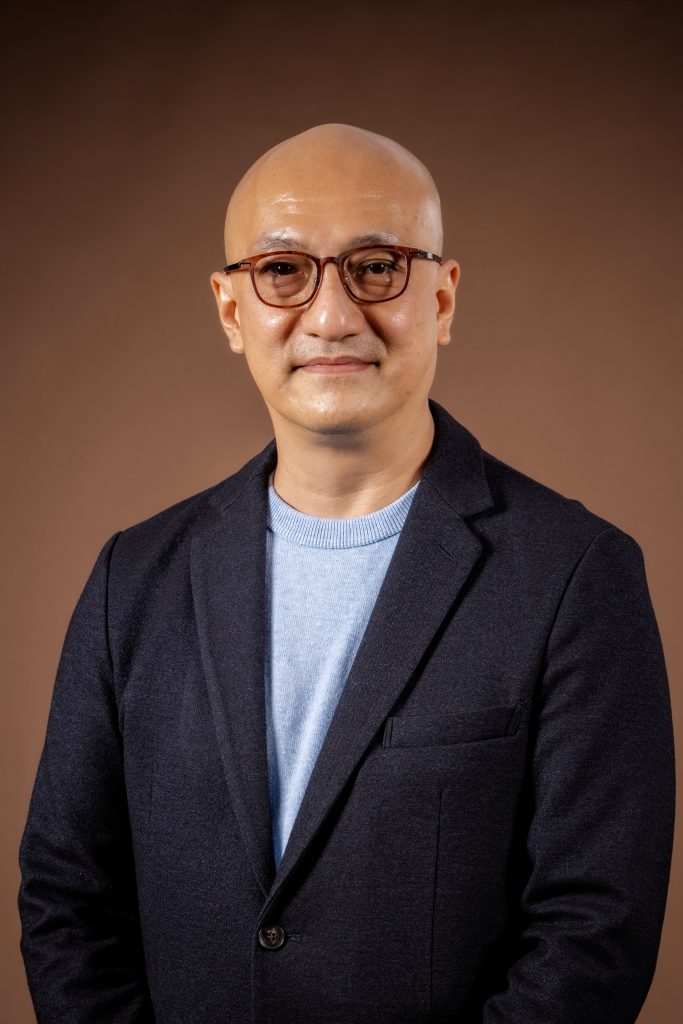
The Concept: Integrating AI into Creative Education
Dr Choy and Dr Mok have introduced GAI tools into their courses, CCI3001 Cultural and Creative Entrepreneurship and CHM6103 Digital Practices in Cultural Heritage. These courses emphasize the use of GAI to inspire ideation and innovation in creative projects. The goal is to empower students to utilize GAI as a tool to enhance their creative processes, whether in game design, cultural preservation, or other creative industries.
Students are encouraged to explore various GAI tools like ChatGPT, Midjourney, and game creation tools like Twine in their game design workshops. These tools assist students in generating game narratives, creating characters, and designing interactive elements that are both innovative and culturally relevant. By integrating AI into the creative process, Dr Choy and Dr Mok are preparing students to thrive in industries where technology and creativity intersect.
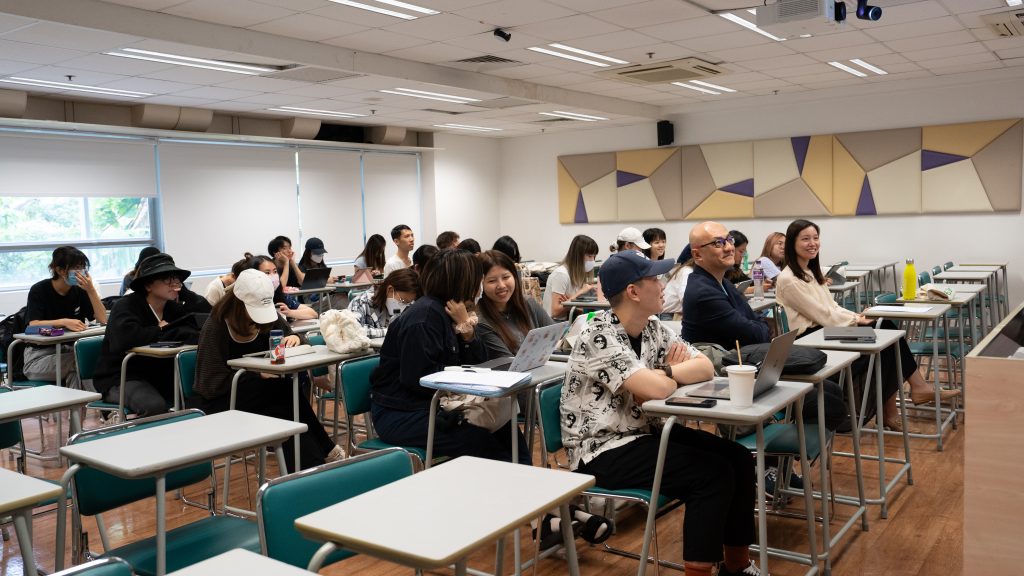
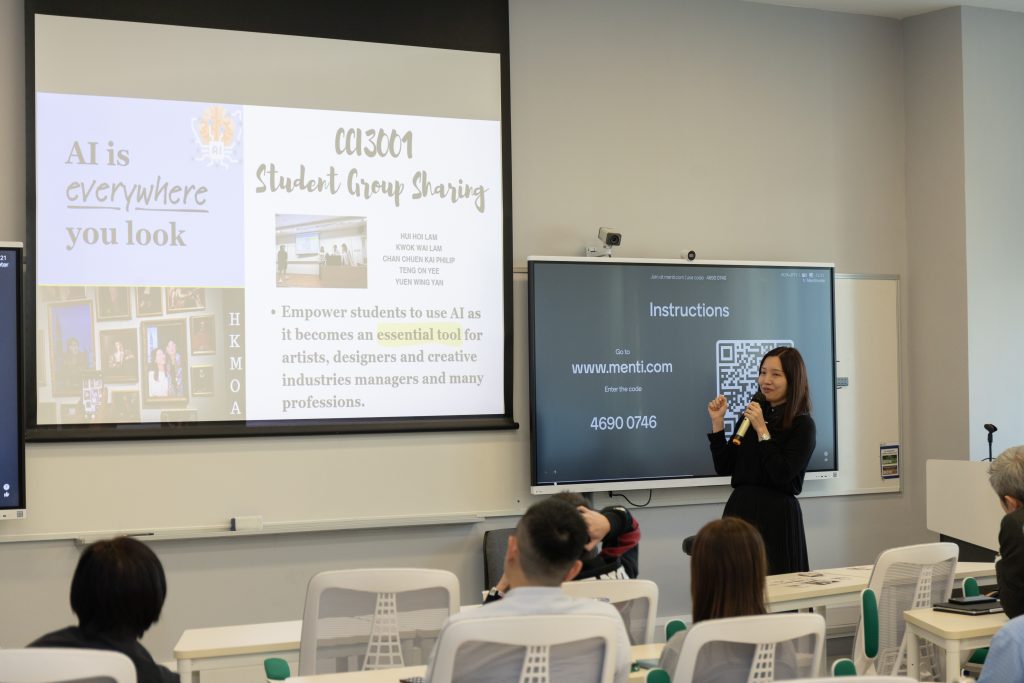
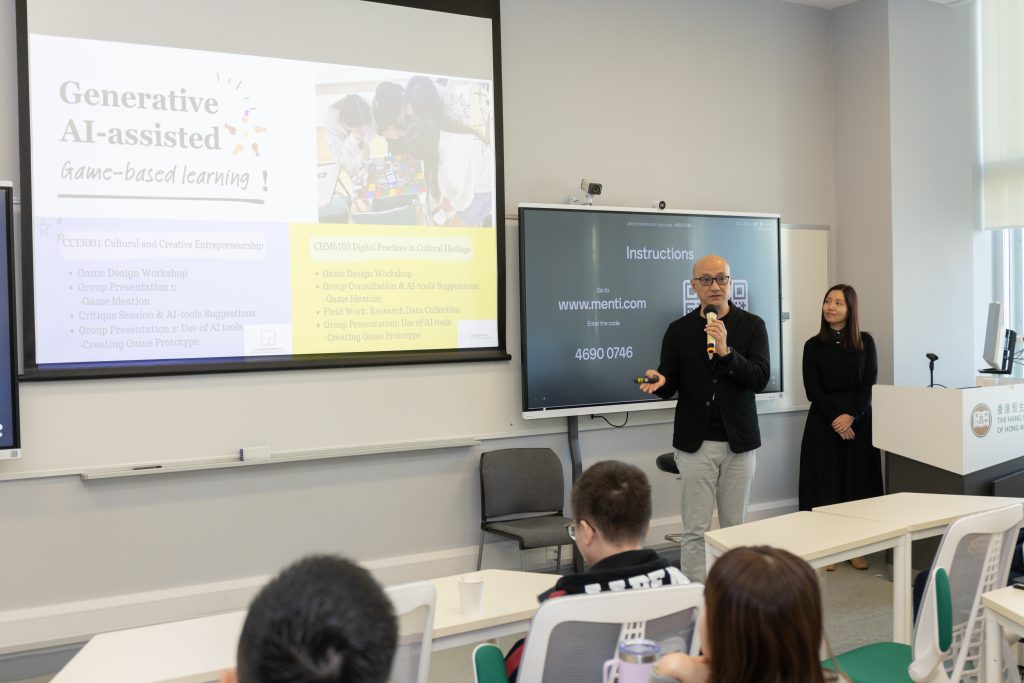
Game-Based Learning: A Hands-On Approach
One of the key strategies employed by Dr. Choy and Dr. Mok is the use of game-based learning to engage students in creative education. In the CCI3001 Cultural and Creative Entrepreneurship course, students are tasked with designing games that align with specific cultural themes, such as “Touring a Street,” “Destiny,” and “Making Friends.” These themes encourage students to think deeply about cultural narratives and how they can be represented in interactive formats. In the CHM6103 Digital Practices for Cultural Heritage course, students were asked to design an online game to preserve a cultural heritage site in Hong Kong and the Greater Bay area.
The student supervision process begins with group consultations and AI tool suggestions, where students receive guidance on how to incorporate GAI into their game ideation. This is followed by fieldwork for research data collection, where students gather cultural and historical information that will inform their game designs. The use of AI tools, such as ChatGPT, helps streamline the brainstorming process, allowing students to quickly generate and refine their ideas.
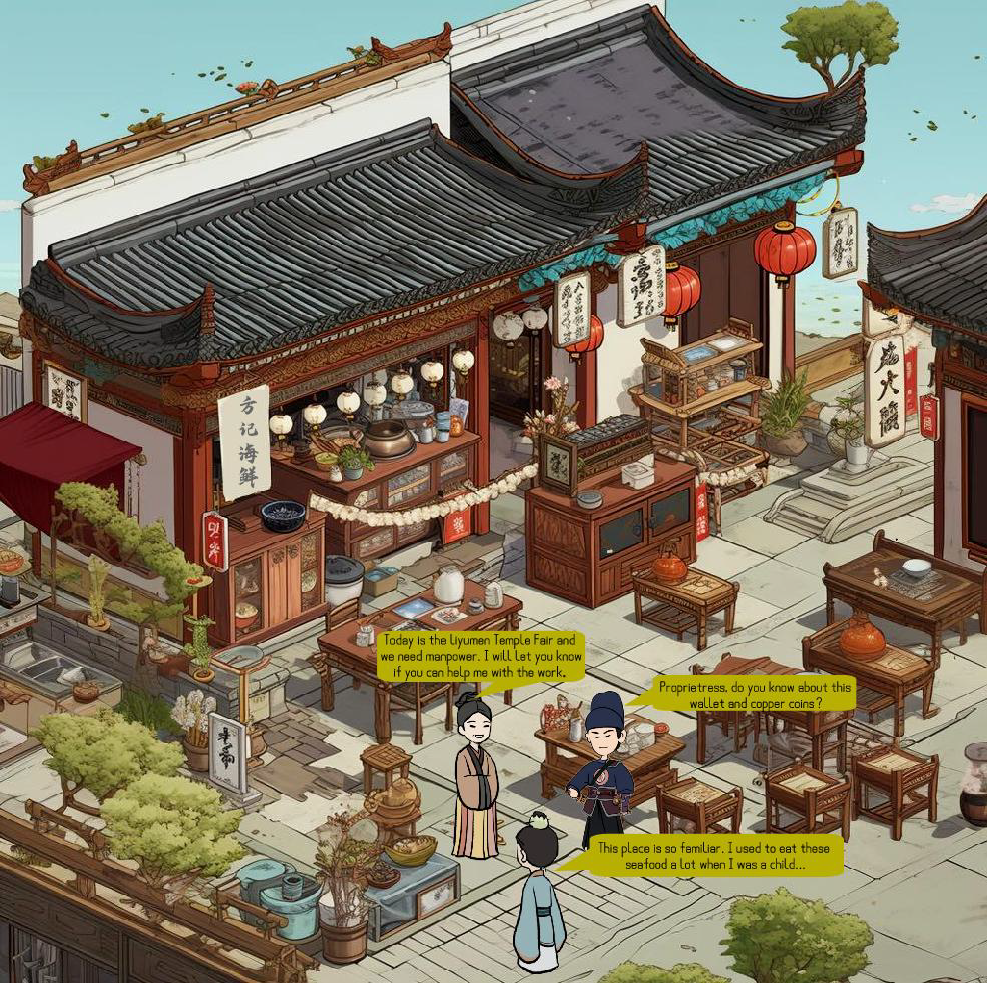
For instance, in the CCI3001 Cultural and Creative Entrepreneurship course, one student group developed an app “Hong Kong Rural Culture”, supported by AI tools including ChatGPT to brainstorm the ways to promote cultural tours related to rural culture in Hong Kong. The group also demonstrated the use of AI-generated media to support the development of gaming music using the platform VEED.io in part of the opening music of the game to create a suitable user experience design. With the support of AI tools used in the project, students reflected upon deeper cultural narratives on how game-based human interaction can facilitate the education of different rural routes in historical, cultural, social, and environmental aspects.
Another illustration is the student work from CHM6103 Digital Practices for Cultural Heritage course. One group of students used AI tools such as MidJourney to create a game image for ideation, ChatGPT for historical research brainstorming, and Twine for formulating interactive, nonlinear stories for their game designed to conserve the cultural heritage of Lei Yue Mun in Hong Kong. The group developed a multi-level cultural heritage narrative game. The protagonist traveled across historical time to the present, revisiting the same heritage sites of Tin Hau Temple, quarries, and Devil’s Hill Fort, which have important historical, spiritual, and artistic values. With the help of the GAI tools, students developed the game mechanics: role-playing, social interaction, cultural puzzle solving, and challenge and feedback mechanisms. Using Midjourney to brainstorm the prototypes, students then manually design the heritage elements are mainly presented from five aspects: overall, architecture, characters, clothing and sound effects.
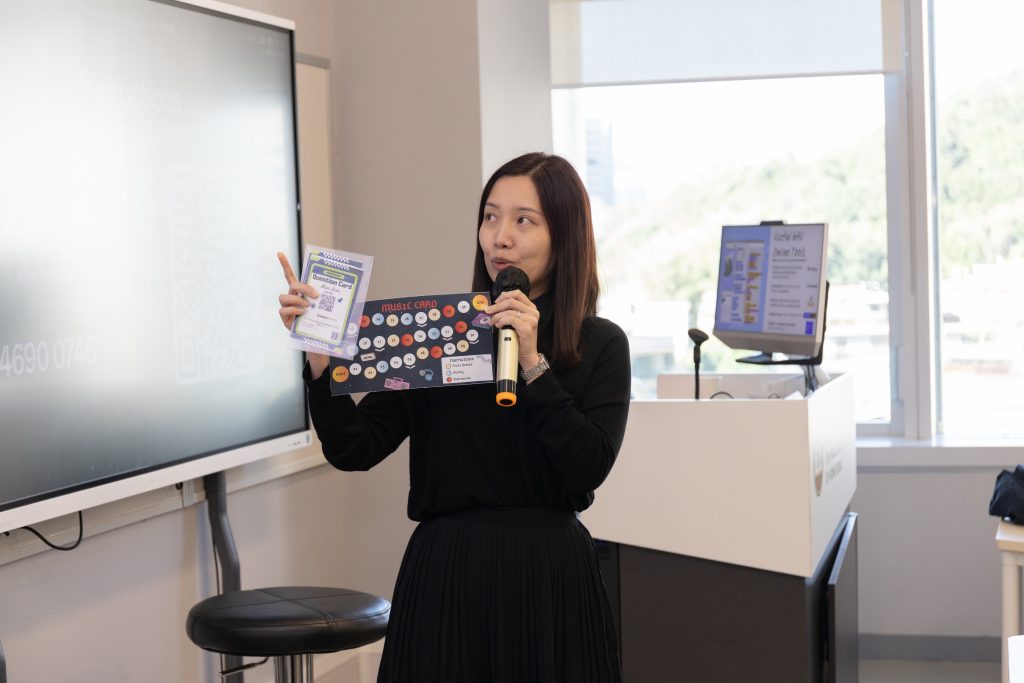
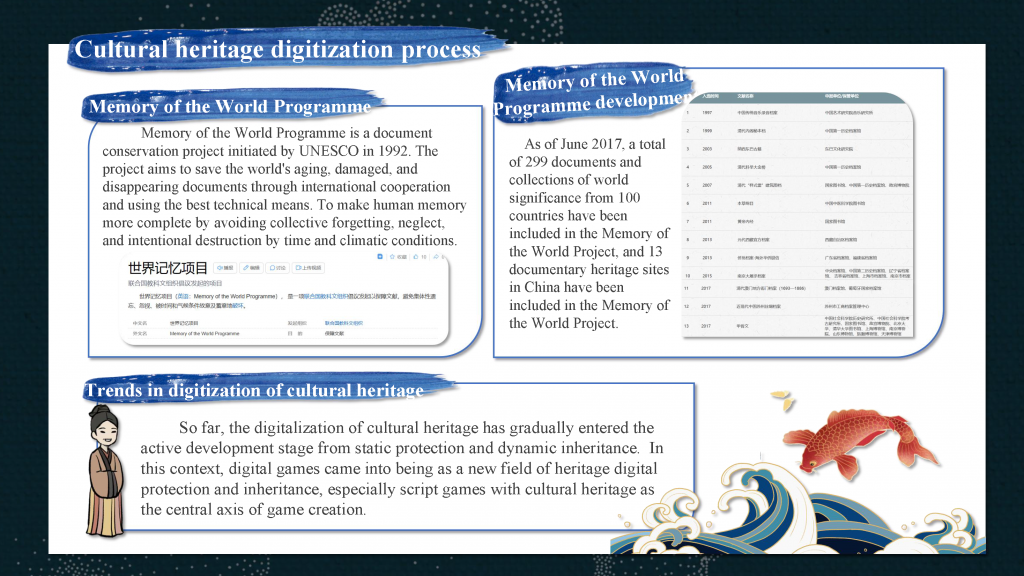
Throughout the course, students present their progress, receiving feedback on their use of AI and the development of their game prototypes. This iterative process not only enhances their understanding of game design but also deepens their appreciation for how AI can be used to innovate within the cultural and creative industries.
Impact on Students and the Creative Process
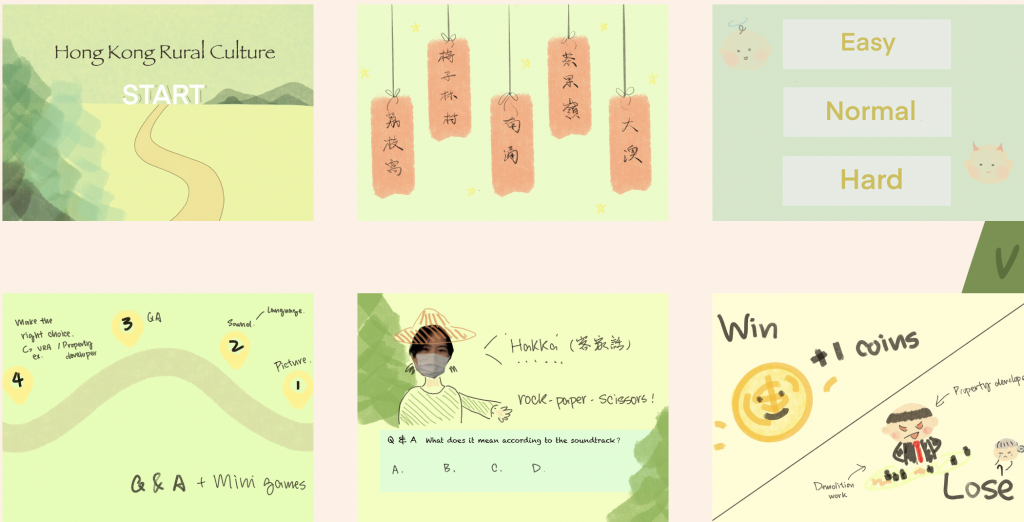
The impact of Dr Choy and Dr Mok’s approach to integrating AI into creative education has been profound. Students have reported that the use of AI tools has revolutionized their learning experience, making the process of game design more accessible and engaging. The ability to quickly generate ideas and test different scenarios has empowered students to take creative risks and explore new possibilities.
Moreover, the use of AI in these courses has fostered a greater respect for cultural heritage among students. By using AI to preserve and promote cultural narratives through interactive games, students have developed a deeper understanding of the importance of cultural sustainability in the digital age.
Conclusion
Dr Christine Choy and Dr Patrick Mok’s work in integrating Generative AI into creative education represents a significant advancement in the way students learn and engage with technology. By combining AI-powered ideation with hands-on, game-based learning, they have created a dynamic educational environment that prepares students for the challenges and opportunities of the future. Their innovative approach not only enhances the creative process but also instills a deep appreciation for cultural heritage and sustainability.
Reimagining Cultural Heritage: GAI-Enhanced Exploration of Asian Art and Museums
Dr Joseph Li, Lecturer, Department of Social Science, School of Humanities and Social Science
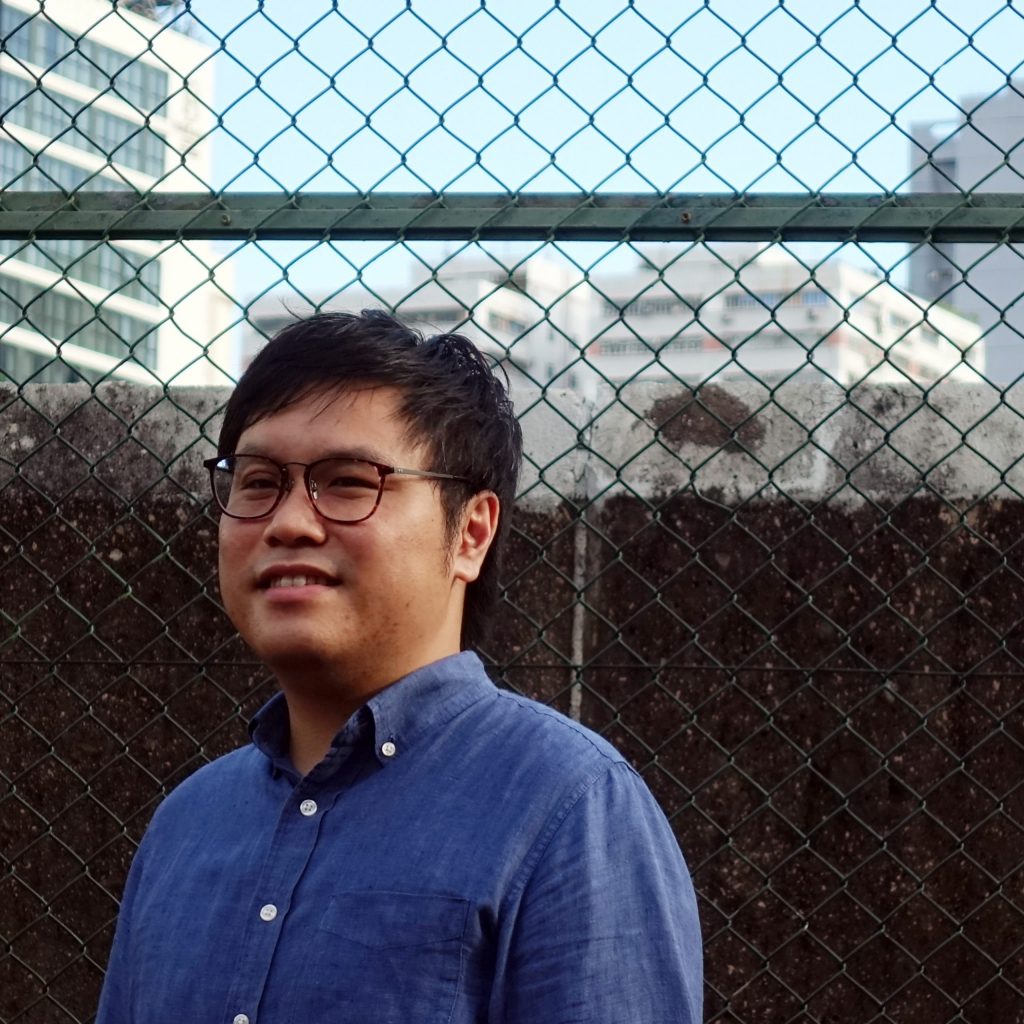
Dr Joseph Li, a Lecturer from the Department of Social Science is pioneering new ways of exploring cultural heritage through the integration of Generative AI (GAI) in education. His course, ASI3005 – Appreciating Asian Art Heritage and Museum, exemplifies how modern technology can be used to deepen students’ understanding of cultural identities and the role of museums in Asian societies. By harnessing the power of GAI, Dr. Li has created a unique learning experience that combines creativity with historical accuracy, offering students a deeper connection to the art and heritage of Asia.
Appreciating Asian Art and Heritage
ASI3005 – Appreciating Asian Art Heritage and Museum is designed to explore multidisciplinary approaches to Asian art, emphasizing the connection between tangible and intangible heritage. The course aims to help students understand how art and heritage in Asia shape cultural identities and the vital role museums play in preserving these cultural narratives.
As part of the course, students are tasked with designing a creative route map that can be either a heritage route, an art route, or a combination of both for a specific place in Asia. This project challenges students to think critically about how to present cultural and historical information in a way that is both educational and engaging for a diverse audience.


Integrating Generative AI in Cultural Exploration
To enhance the learning experience, Dr Li has integrated GAI tools into the course, particularly in the creative design of the route maps. Students are encouraged to use GAI tools such as ChatGPT to draft content, generate ideas, and create immersive experiences for their tours. These tools not only assist students in the creative process but also help them engage with the material on a deeper level by providing insights and suggestions that they may not have considered on their own.
One of the key challenges that students face is designing a tour that is both immersive and educational. GAI tools help bridge this gap by allowing students to explore different narrative possibilities and refine their presentations to be more engaging and marketable to audiences in Asia and beyond. The use of GAI in this context is not just about enhancing creativity; it’s about making cultural heritage more accessible and relatable to a broader audience.
Overcoming Challenges and Enhancing Learning Outcomes
While the integration of GAI has significantly enhanced the learning process, it also presents certain challenges. Students often struggle with the technical aspects of creating immersive tours or feel unsure about how to use GAI tools effectively. To address these challenges, The Centre of Teaching and Learning developed a customized chatbot to students to ask questions on using specific tools like Twine2 for game design and content creation. These resources ensure that students are equipped with the skills they need to fully leverage GAI in their projects.
The impact of GAI on student learning has been profound. By using these tools, students not only gain a deeper understanding of Asian art and heritage but also develop critical skills in research, content creation, and digital storytelling. The course’s emphasis on creative and thoughtful presentation has resulted in highly original and engaging projects that reflect the rich cultural tapestry of Asia.
Conclusion
Dr Joseph Li’s innovative use of Generative AI in the course ASI3005 – Appreciating Asian Art Heritage and Museum has transformed the way students engage with cultural heritage. By integrating AI tools into the curriculum, Dr Li has created a dynamic learning environment that fosters creativity, critical thinking, and a deeper appreciation for the art and heritage of Asia. His approach not only enhances the educational experience but also prepares students to use technology in meaningful ways, bridging the gap between tradition and modernity.
Students’ Works:
